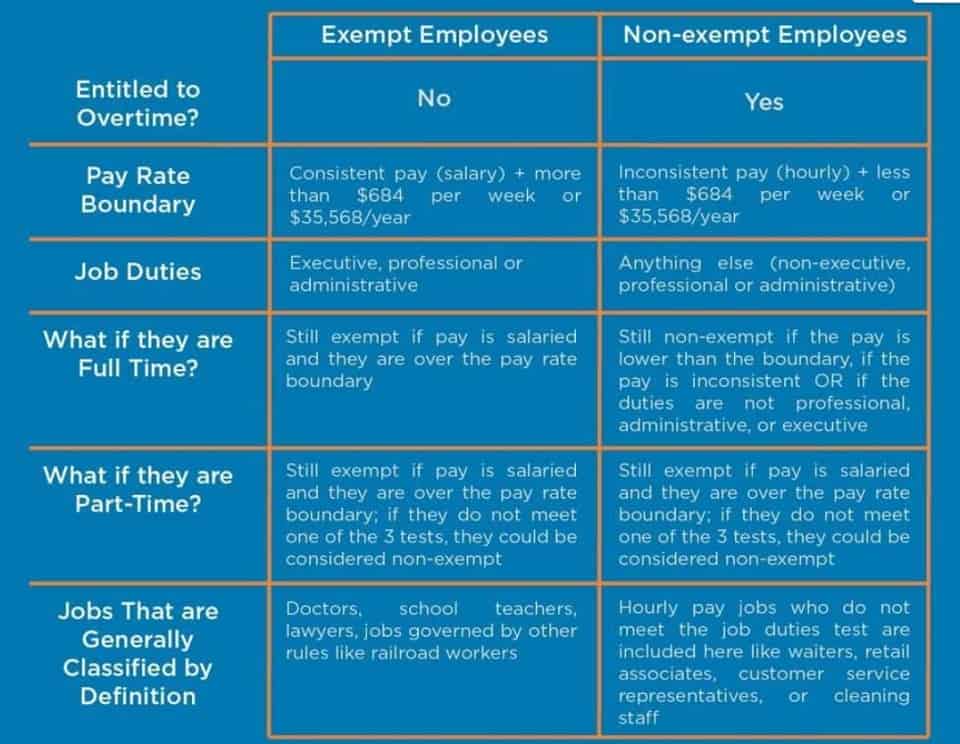
On the other hand, a low total asset turnover suggests that the company is unable to generate satisfactory results with the asset it has in hand. Being able to assess a company’s efficiency is one of the main steps when analyzing investment opportunities. Hence, it is vital for investors to understand the calculation using the total asset turnover formula. As an example, consider the difference between an internet company and a manufacturing company. An internet company, such as Meta (formerly Facebook), has a significantly smaller fixed asset base than a manufacturing giant, such as Caterpillar.
Another company, Company B, has a gross revenue of $15 billion at the end of its fiscal year. The average total assets will be calculated at $3 billion, thus making the asset turnover ratio 5. It is important to note that the asset turnover ratio will be higher in some sectors than in others. For example, retail organizations generally have smaller asset bases but high sale volumes, creating high asset turnover ratios. On the other hand, businesses in sectors such as utilities and real estate often have large asset bases but low sale volumes, often generating much lower asset turnover ratios. By comparing companies in similar sectors or groups, investors and creditors can discover which companies are getting the most out of their assets and what weaknesses others might be experiencing.
Asset Turnover Ratio: Explanation & Formula
The asset turnover ratio is most helpful when compared to that of industry peers and tracking how the ratio has trended over time. Nonetheless, Company B is relatively more efficient in utilizing its assets to generate revenue when compared to Company A. The turnover rate is a whole different story as it pertains to a different aspect of a company’s operations.
- A variation, the Fixed Asset Turnover (FAT) ratio, considers only a company’s fixed assets.
- While both the asset turnover ratio and the fixed asset ratio reveal how efficiently and effectively a company is using their assets to generate revenue, they go about it in different ways.
- Alternatively, a company can gain insight into their competitors by evaluating how their fixed asset ratio compares to others.
- On the other hand, businesses in sectors such as utilities and real estate often have large asset bases but low sale volumes, often generating much lower asset turnover ratios.
- The metric is most useful when compared to competing companies in the industry or when tracked over time.
- In essence, this ratio tells us how many dollars in revenue a company generates for each dollar of assets it holds.
For example, retail or service sector companies have relatively small asset bases combined with high sales volume. Meanwhile, firms in sectors like utilities or manufacturing tend to have large asset bases, which translates to lower asset turnover. The asset turnover ratio measures the value of a company’s sales or revenues relative to the value of its assets. The asset turnover ratio can be used as an indicator of the efficiency with which a company is using its assets to generate revenue.
Limitations of the asset turnover ratio
A good asset turnover ratio will differ from business to business, but you’ll typically want an asset turnover ratio greater than one. The asset turnover ratio is calculated by dividing net sales by average total assets. Publicly-facing industries including retail and restaurants rely heavily on converting assets to inventory, then converting inventory to sales. Other sectors like real estate often take long periods of time to convert inventory into revenue. Though real estate transactions may result in high-profit margins, the industry-wide asset turnover ratio is low. Asset turnover ratios vary across different industry sectors, so only the ratios of companies that are in the same sector should be compared.
- The fixed asset turnover ratio (FAT) is, in general, used by analysts to measure operating performance.
- While the asset turnover ratio should be used to compare stocks that are similar, the metric does not provide all of the detail that would be helpful for stock analysis.
- Likewise, a company that liquidates assets in anticipation of a slowdown in revenue would exhibit a spike in asset turnover.
- You can drill down to the last report and find out the key areas which are disrupting your company’s cashflow and take appropriate decisions to improve its turnover.
- Also, a high turnover ratio does not necessarily translate to profits, which is a more accurate way to measure a company’s performance.
Your asset turnover ratio is an equation to help you figure out how you’re using your assets to generate sales. In much simpler terms, by finding your asset turnover, you can figure out how many dollars of sales you’re generating for every dollar in the value of assets you have. This accounting principle is a peek into the efficiency of your business—whether or not you’re using the assets you have, both fixed and current, to generate sales. The asset turnover ratio formula is net sales divided by average total sales. It is an accounting formula that allows a business to see how efficiently they’re using their assets to create sales.
Difference between the asset turnover ratio and the fixed asset ratio
Its net fixed assets’ beginning balance was $1M, while the year-end balance amounts to $1.1M. Based on the given figures, the fixed asset turnover ratio for the year is 9.51, meaning that for every one dollar invested in fixed assets, a return of almost ten dollars is earned. The average net fixed asset figure is calculated by adding the beginning and ending balances, then dividing that number by 2. The asset turnover ratio is an efficiency ratio that measures and helps analyse a company’s ability to generate sales from its assets by comparing net sales with average total assets.

A higher fixed asset turnover ratio indicates that a company has effectively used investments in fixed assets to generate sales. A high asset turnover ratio is a strong indicator that a company is effectively utilizing its assets to generate sales revenue. This is generally regarded as a positive signal in the financial world, as it suggests that the company is maximizing its resources and generating substantial returns on its investments. Companies with strong asset turnover ratios can still lose money because the amount of sales generated by fixed assets speak nothing of the company’s ability to generate solid profits or healthy cash flow. The fixed asset ratio only looks at net sales and fixed assets; company-wide expenses are not factored into the equation. In addition, there are differences in the cashflow between when net sales are collected and when fixed assets are invested in.
Total Asset Turnover Calculator
A system that began being used during the 1920s to evaluate divisional performance across a corporation, DuPont analysis calculates a company’s return on equity (ROE). The https://www.bookstime.com/ is expressed as a rational number that may be a whole number or may include a decimal. By dividing the number of days in the year by the asset turnover ratio, an investor can determine how many days it takes for the company to convert all of its assets into revenue. This is especially true for manufacturing businesses that utilize big machines and facilities. Although not all low ratios are bad, if the company just made some new large purchases of fixed assets for modernization, the low FAT may have a negative connotation.
- The ratio measures the ability of an organization to efficiently produce sales, and is typically used by third parties to evaluate the operations of a business.
- To assess whether your company’s asset turnover is high or low, you should only ever compare yourself with companies from the same industry.
- It is an accounting formula that allows a business to see how efficiently they’re using their assets to create sales.
- The asset turnover ratio calculation can be modified to omit these uncommon revenue occurrences.
- Plus, the asset turnover ratio can come in handy when you’re looking into business funding.
A higher ratio is generally favored as there is the implication that the company is more efficient in generating sales or revenues. A lower ratio illustrates that a company may not be using its assets as efficiently. Asset turnover ratios vary throughout different sectors, so only the ratios of companies that are in the same sector should be compared. The ratio is typically calculated on an annual basis, though any time period can be selected. Depreciation is the allocation of the cost of a fixed asset, which is spread out—or expensed—each year throughout the asset’s useful life. Typically, a higher fixed asset turnover ratio indicates that a company has more effectively utilized its investment in fixed assets to generate revenue.
Overview: What is the asset turnover ratio?
So, if a car assembly plant needs to install airbags, it does not keep a stock of airbags on its shelves, but receives them as those cars come onto the assembly line. For every dollar in assets, Walmart generated $2.30 in sales, while Target generated $2.00. Target’s turnover could indicate that the retail company was experiencing sluggish sales or holding obsolete inventory. Therefore, for every dollar in total assets, Company A generated $1.5565 in sales. This indicates that the company is not very efficient in managing its overall assets while generating revenue.

Thus, a sustainable balance must be struck between being efficient while also spending enough to be at the forefront of any new industry shifts. Yarilet Perez is an experienced multimedia journalist and fact-checker with a Master of Science in Journalism. She has worked in multiple cities covering breaking news, politics, education, and more. Adam Hayes, Ph.D., CFA, is a financial writer with 15+ years Wall Street experience as a derivatives trader. Besides his extensive derivative trading expertise, Adam is an expert in economics and behavioral finance. Adam received his master’s in economics from The New School for Social Research and his Ph.D. from the University of Wisconsin-Madison in sociology.
Inventory
This should result in a reduced amount of risk and an increased return on investment (ROI) for all stakeholders. That said, you should understand what your number indicates in a vacuum, too. For instance, an asset turnover ratio of 1.4 means you’re generating $1.40 of sales for every dollar of assets your business has.

